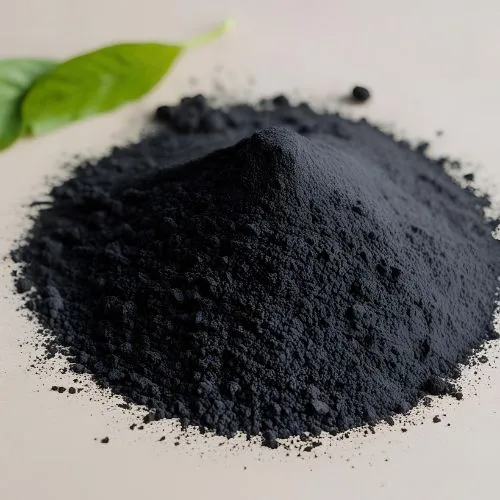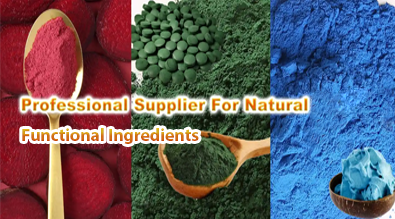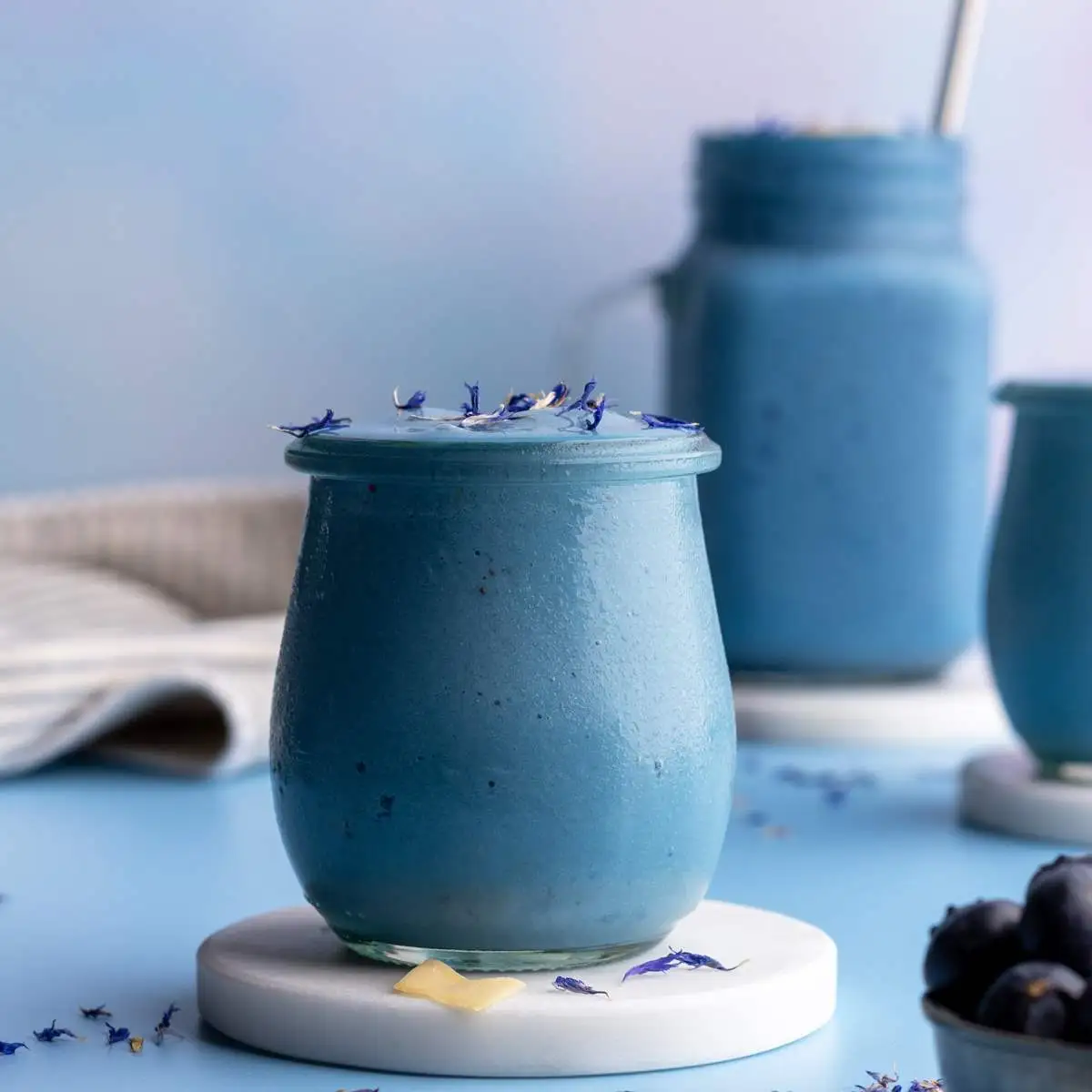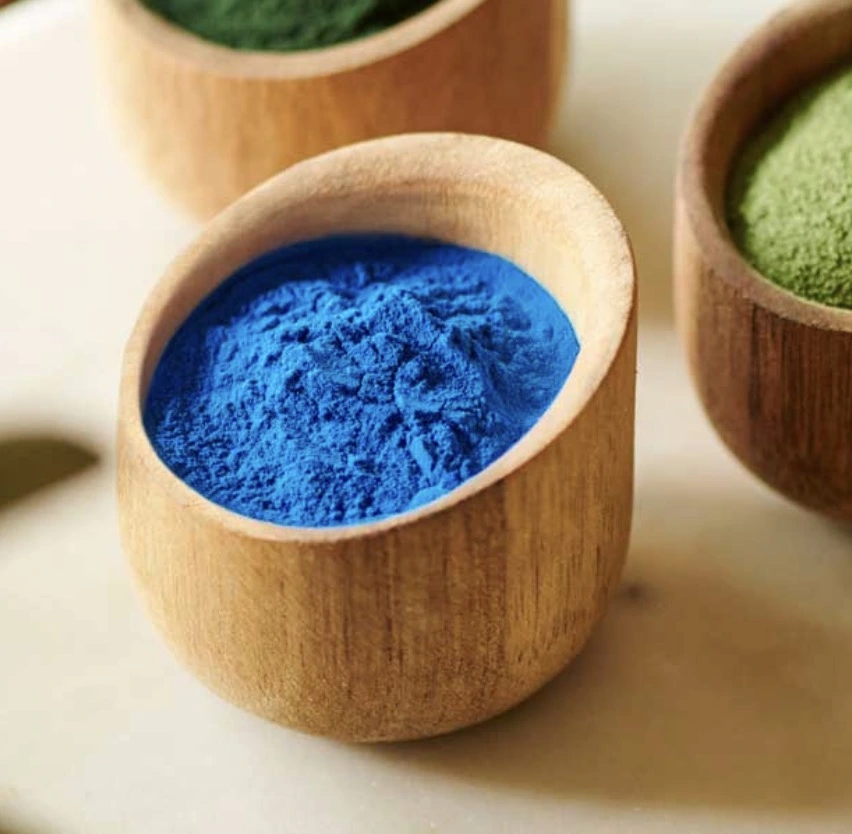Natural Pigment E153: Safe, Non-Synthetic Color for Cosmetics
In the ever-evolving world of cosmetics, consumers are increasingly seeking natural and safe alternatives to synthetic ingredients. One such natural pigment that has gained significant attention is Vegetable carbon E153, also known as vegetable carbon. This unique coloring agent offers a safe and non-synthetic option for cosmetic formulations, providing a rich, deep black hue without compromising on safety or environmental concerns.
E153 is derived from plant-based sources through a carefully controlled process of pyrolysis. This results in a fine, black powder that consists primarily of carbon particles. Unlike traditional carbon black derived from petroleum, E153 offers a sustainable and eco-friendly alternative that aligns with the growing demand for clean beauty products.

How E153 Enhances Natural Cosmetic Formulations?
The incorporation of E153 into cosmetic formulations brings a multitude of benefits, elevating both the aesthetic appeal and performance of products. Let's explore how this natural pigment enhances various aspects of cosmetic formulations:
Intense Color Payoff
E153 is renowned for its ability to impart a deep, intense black color to cosmetic products. This makes it an invaluable ingredient in formulations where a bold, dramatic look is desired. From eyeliners and mascaras to eyeshadows and lipsticks, E153 delivers a rich pigmentation that stands out.
Versatility in Applications
The versatility of E153 is truly remarkable. It can be seamlessly incorporated into a wide range of cosmetic products, including:
- Eye makeup: eyeliners, mascaras, eyeshadows
- Lip products: lipsticks, lip liners
- Face makeup: foundations, concealers, powders
- Nail polishes
- Hair dyes and temporary hair coloring products
This versatility allows formulators to create cohesive product lines with a consistent black pigment across various applications.
Stability and Long-lasting Wear
Vegetable carbon E153 exhibits excellent stability under various conditions, including exposure to light, heat, and pH changes. This stability translates to long-lasting wear in cosmetic products, ensuring that the color remains vibrant throughout the day. Consumers can enjoy makeup that stays put without frequent touch-ups, enhancing their overall experience with the product.
Texture Enhancement
Beyond its coloring properties, E153 can also contribute to the texture of cosmetic formulations. Its fine particle size allows for smooth application and blending, creating a luxurious feel on the skin. This is particularly beneficial in products like eyeshadows and face powders, where a silky texture is highly desirable.

Vegetable Carbon E153: A Vegan-Friendly Color Option
As the demand for vegan and cruelty-free cosmetics continues to rise, E153 emerges as an excellent choice for brands looking to cater to this market segment. Let's delve into why E153 is considered a vegan-friendly color option and how it aligns with ethical beauty standards:
Plant-Based Origin
E153 is derived exclusively from plant sources, typically from materials such as coconut shells, bamboo, or other vegetable matter. This plant-based origin ensures that no animal products or by-products are used in its production, making it inherently vegan-friendly.
Cruelty-Free Production
The production process of Vegetable carbon E153 does not involve any animal testing or exploitation. This aligns perfectly with the principles of cruelty-free beauty, allowing brands to create products that respect animal welfare while delivering high-quality cosmetic solutions.
Sustainability Factor
The use of E153 in cosmetic formulations contributes to sustainability efforts in the beauty industry. By opting for this plant-based pigment over synthetic alternatives, brands can reduce their environmental footprint and appeal to eco-conscious consumers.
Versatility in Vegan Formulations
E153's compatibility with a wide range of other vegan-friendly ingredients makes it an ideal choice for creating fully vegan product lines. From moisturizing lipsticks to long-wearing eyeliners, E153 can be incorporated into various vegan cosmetic formulations without compromising on performance or color intensity.
Is E153 Safe for Skin? Benefits & Considerations
When it comes to cosmetic ingredients, safety is paramount. E153 has been extensively studied and is generally recognized as safe for use in cosmetics. However, it's essential to understand both the benefits and considerations associated with this natural pigment:
Safety Profile
E153 has been approved for use in cosmetics by regulatory bodies in many countries, including the European Union and the United States. Its natural origin and inert nature contribute to its favorable safety profile. When used as directed in cosmetic formulations, E153 is unlikely to cause adverse reactions in most individuals.
Hypoallergenic Properties
One of the significant advantages of Vegetable carbon E153 is its hypoallergenic nature. Unlike some synthetic dyes that may cause allergic reactions in sensitive individuals, E153 is less likely to trigger such responses. This makes it an excellent choice for formulating cosmetics targeted at consumers with sensitive skin or those prone to allergies.
Non-irritating and Non-sensitizing
E153 is generally considered non-irritating and non-sensitizing when used in appropriate concentrations in cosmetic formulations. This means that it's unlikely to cause skin irritation or sensitization with regular use, making it suitable for a wide range of skin types.
Considerations for Use
While E153 is generally safe, there are a few considerations to keep in mind:
- Concentration: As with any cosmetic ingredient, E153 should be used at appropriate concentrations as recommended by regulatory guidelines.
- Inhalation: Care should be taken to avoid inhalation of E153 powder during manufacturing processes.
- Individual Sensitivity: Although rare, some individuals may still experience sensitivity to E153. It's always advisable to perform a patch test before using a new cosmetic product.
Benefits Beyond Color
Interestingly, E153 may offer benefits beyond its coloring properties. Some studies suggest that vegetable carbon may have adsorptive properties, potentially helping to draw out impurities from the skin. While more research is needed to fully understand these potential benefits, it adds an intriguing dimension to the use of E153 in skincare formulations.

Conclusion
E153, or vegetable carbon, represents a significant advancement in natural cosmetic pigments. Its ability to provide intense, long-lasting color while maintaining a favorable safety profile makes it an attractive option for formulators and consumers alike. As the beauty industry continues to shift towards more natural and sustainable ingredients, E153 stands out as a versatile and responsible choice for creating bold, beautiful cosmetics.
For brands looking to incorporate Vegetable carbon E153 into their formulations or explore other natural plant extracts, Yangge Biotech Co., Ltd. offers expert guidance and high-quality ingredients. With a commitment to innovation and sustainability, we're here to help you create cosmetic products that meet the growing demand for natural, safe, and effective beauty solutions. To learn more about our E153 offerings and other natural ingredients, please contact us at info@yanggebiotech.com.
References
1. Johnson, A. R., & Smith, B. T. (2021). Natural Pigments in Cosmetic Formulations: A Comprehensive Review. Journal of Cosmetic Science, 72(4), 215-230.
2. Chen, L., & Wang, Y. (2020). Vegetable Carbon E153: Properties and Applications in Personal Care Products. International Journal of Cosmetic Science, 42(3), 301-312.
3. Rodriguez, M., & Thompson, K. (2019). Safety Assessment of Plant-Derived Colorants in Cosmetics. Food and Chemical Toxicology, 128, 177-185.
4. Lee, S. H., & Park, J. Y. (2022). Adsorptive Properties of Vegetable Carbon in Skincare Applications: A Preliminary Study. Journal of Dermatological Science, 105(2), 89-97.
5. Brown, E. L., & Green, R. T. (2023). Consumer Perceptions of Natural Pigments in Clean Beauty Products: A Market Analysis. Journal of Consumer Research, 50(1), 112-125.

Based on your location and order quantity, you will have the opportunity to receive a limited time free shipping promotion!

Who we are


